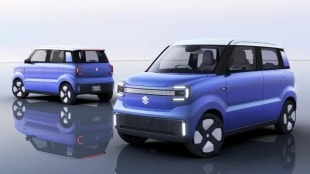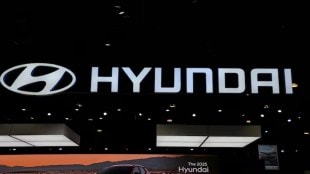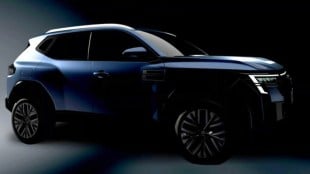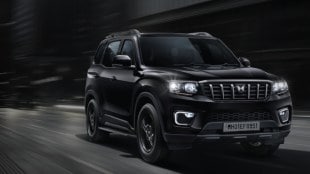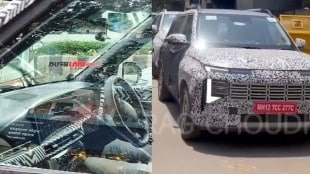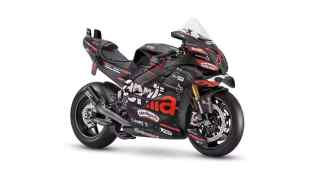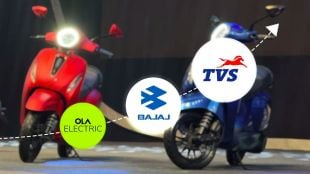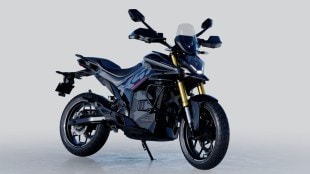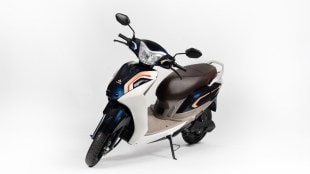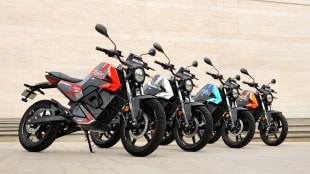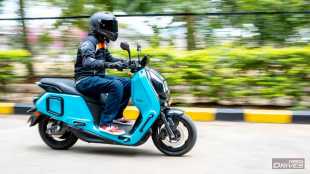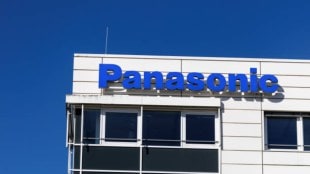French car maker Renault successfully expanded the small car market in FY 16 with introduction of its mini car Kwid. At a time when sales of other min cars like Maruti’s Alto and WagonR are seeing decline in sales, Kwid has notched up an impressive sale in FY16. Sumit Sawhney, MD & CEO of Renault India, in an interview with FE’s Malyaban Ghosh, said that increasing the levels of localisation to 98% for Kwid was the reason behind the success and the company wants to achieve more than 5% market share at the end of 2016. Excerpts:
What is the target that Renault India wants to achieve at the end of the current calendar year?
Our aim is to achieve 5% market share by the end of this year and I am confident that Renault India will be able to achieve that. On a year to date (YTD) basis (Jan – March) we have managed to increase our market share to 4.1% in the domestic market. We want to further consolidate our position in the domestic automobile space and in the first three months of 2016 we are the in the sixth position in the list of manufacturers in terms of volumes. Our short term target is to become one of the top five automobile manufacturers in India. Renault is the fastest growing car brand in India and we are building a very strong foundation in the country. Kwid became a success because we invested in increasing the localisation of the vehicle to 98%. We also invested heavily on the manufacturing capacity in Chennai which can manufacture more than 4 lakh cars in a year and also in two design and technology centres.
Do you also plan to focus on exports from India just like some of the other foreign OEMs in India?
India over the next four to five years is going to be the third largest automotive market in the world. We did the global launch of the Kwid in India for the first time. Before that all Renault’s new cars were launched in Europe. We will export our products as completely built units or in any other form from India but the primary focus will be on the domestic market. With 98% localisation we do not face forex risk. No international manufacturer has ever launched a car with such levels of localisation in this country.
Did you expect such an overwhelming response for the Kwid?
All the existing manufacturers who have tried to enter the small car market have not managed to succeed barring the market leader. It was a big challenge but we saw the segment grow and were confident of expanding the market. Obviously we have to ramp up our production capacity and last month we sold around 9,700 units of Kwid. We want to increase our capacity to 10,000 units per month and have also added a third shift for the production of Kwid.
Foreign OEMs often tend to suffer from poor dealership network and less number of service station. How do you plan to address that issue?
After sales and dealerships is an important focus area for us. In 2014 we had 157 outlets while at the end of 2015 we closed with 205 outlets and 180 service stations. This year we intend to close with 270 outlets across the country. No manufacturer has managed to increase its network of dealerships to this extent in just four years. While expanding the network we had to remember that the automobile market has not at all been buoyant. We are establishing dealership networks as well as service stations to whichever new city we are entering. We have also come up with the mobile workshop which means that a customer’s car can be serviced anywhere.
